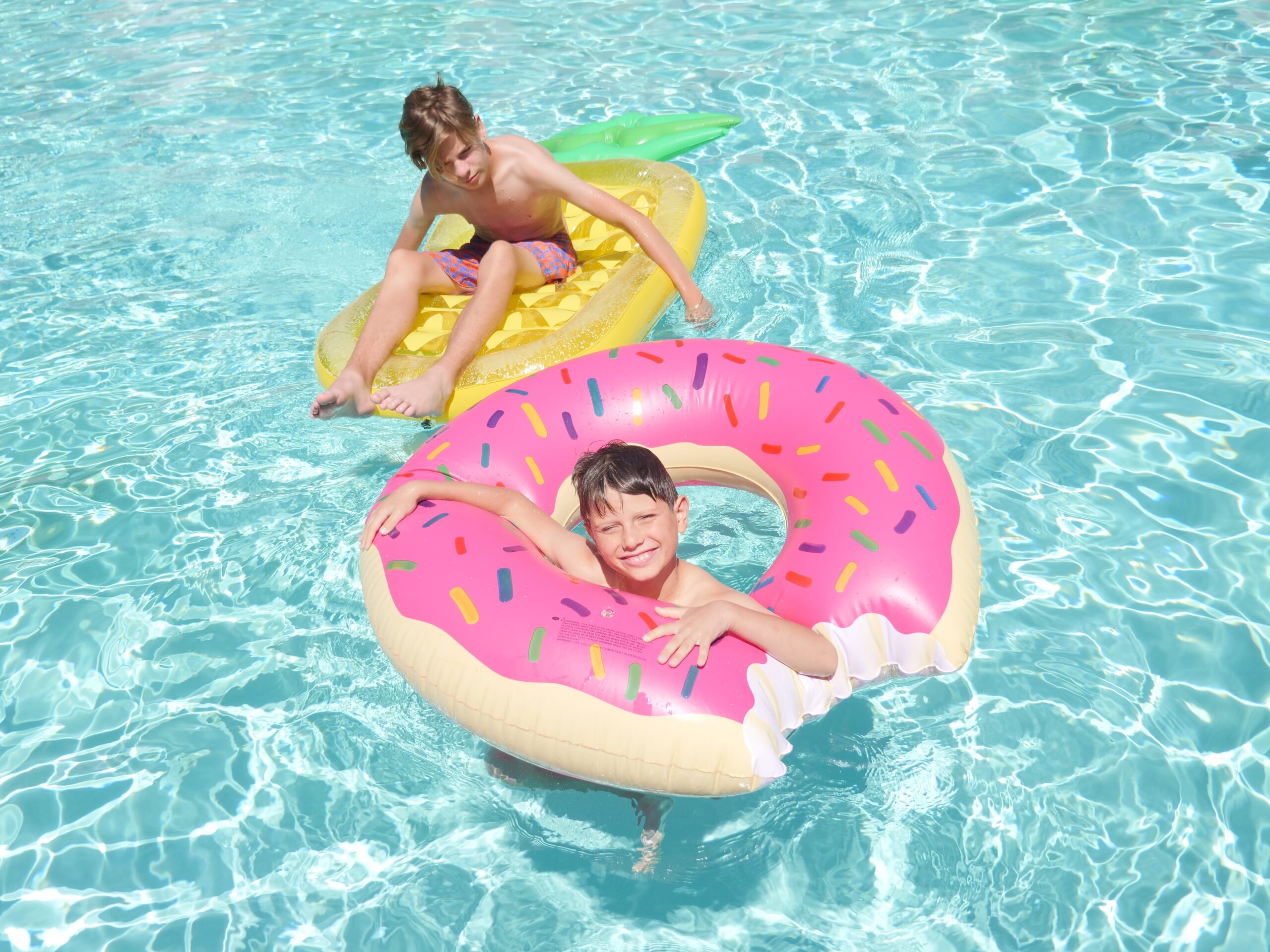I know individualism is a big thing right now, and while I may disagree with it, I think that when approaching swimming lessons, how the child learns and how an instructor communicates with the child should be unique to them.
When I teach a child, I do not just teach a subject, and I teach the child. Each one of these children will be different. Some will accept lessons quickly, and for others, it won’t be very comforting. Some kids will pick up skills quickly, while others will progress at a slower interval. Some children will be all smiles and laughter in the pool, while others will be in tears.
It is essential to let your child experience their emotions and discover the importance of lessons. That’s not to say we should not push children to some degree, but it does mean that telling a child their fear is wrong; probably is not the best response.
Let us look at an example together:
I teach two siblings who are vastly different from each other. When the youngest started swimming lessons, she was afraid to be with the instructor, but she wasn’t afraid of the water. The oldest, who already had a few years of experience with the instructor, wanted his sister to be encouraged to try hard and that the instructor was the best part of the lessons. However, once both kids were comfortable and swimming, there was a drastic difference in how they learned and progressed. While the oldest loved the water, he struggled with instructions, often acting out or forgetting instructions, choosing to swim in his method. For the youngest, however, she thrived on rules, and being told she needed to do something made him excel faster.
Neither of these kids is a weak swimmer, and the point is not to highlight that one behaved well and the other didn’t; there were equal amounts of pushback.
Instead, the point is to highlight that I took different approaches to coaching the kids.
For the oldest, I approached lessons from a reward-based system. I would praise his accomplishment because he felt the need to be noticed. This would mostly be verbal “congrats” or “wow, look at you” and sometimes games. For the youngest, I approached lessons from an explorative perspective, allowing her to explore what she could do and gain confidence through trial and error.
Both kids thrived!
Next time you consider how your learner may need help learning, consider that each learner will be different. What you do with one probably won’t work with the other.

No responses yet